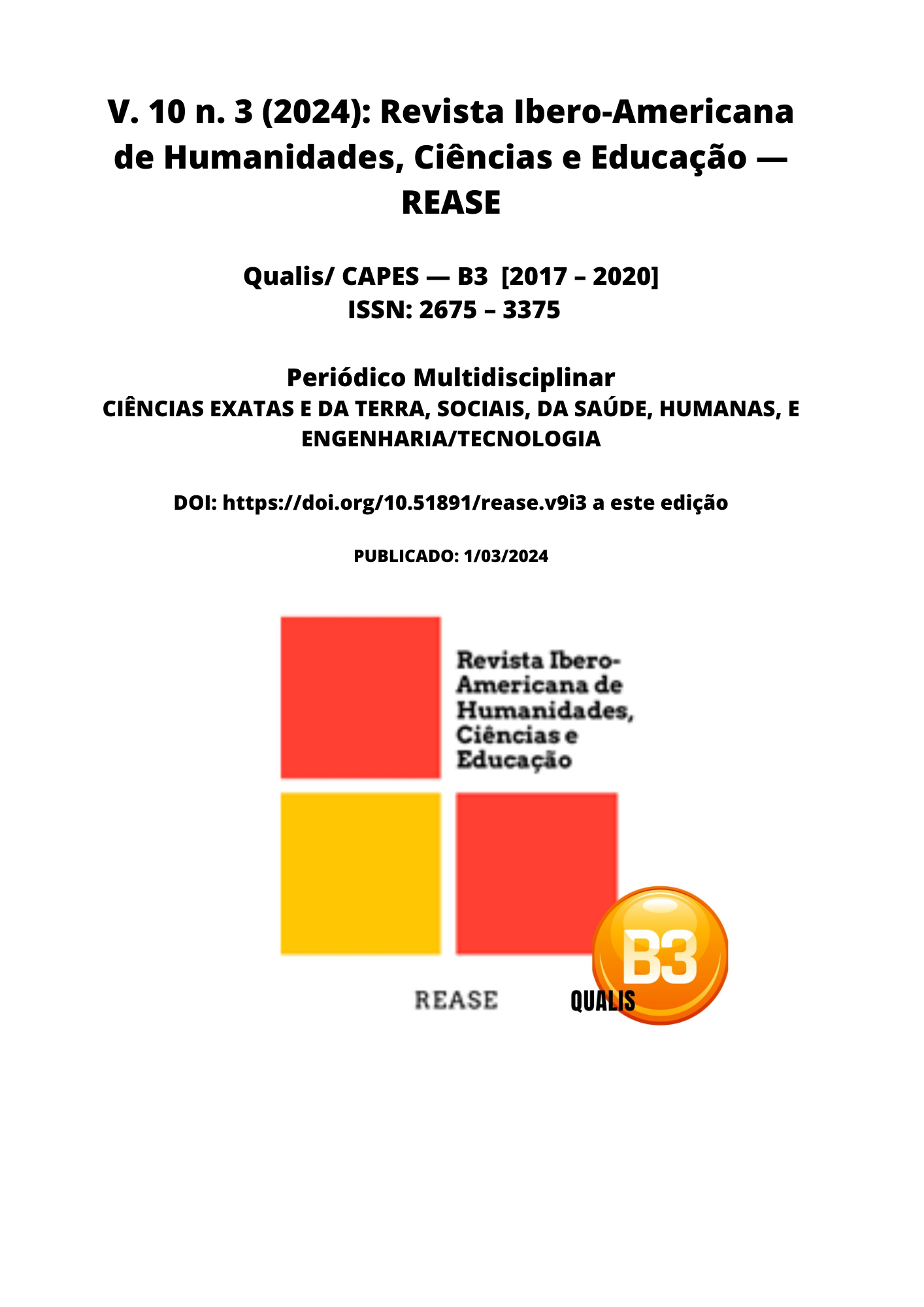RISK FACTORS FOR ATHEROSCLEROTIC DISEASE IN COLLEGE STUDENTS
DOI:
https://doi.org/10.51891/rease.v10i3.13187Keywords:
Atherosclerosis. Risk factors. Students.Abstract
Atherosclerosis is an inflammatory disease of multifactorial origin, with the risk factors for this disease divided into non-modifiable (gender, age, family history) and modifiable (dyslipidemia, high blood pressure, hyperglycemia, obesity, alcoholism, smoking and sedentary lifestyle). In academics, these aggravating factors may arise due to the change in lifestyle upon entering university. The objective was to identify the risk factors for atherosclerotic disease in university students, checking lipid, glycemic, blood pressure profiles, anthropometric indicators and lifestyle habits, as well as their relationships with the emergence of this pathology. Observational, analytical, cross-sectional study, with a quantitative approach, carried out from May 2019 to January 2020. The research was composed of university students from medicine and nursing courses at the Federal University of Maranhão. Data were obtained from blood sample collection, blood pressure measurement, anthropometric assessment and validated questionnaire adapted from Heinisch RH, Zukowski CN, Heinisch LM on socioeconomic profile and lifestyle habits. The sample consisted of 134 students, 46 (34.3%) men and 88 (65.7%) women, with the majority of 127 (94.8%) belonging to the age group between 18 and 30 years old. The most prevalent risk factors identified were sedentary lifestyle (67.2%) and alcohol consumption (55.1%). Around 35 (26.1%) students were classified as overweight or some degree of obesity, 33 (24.6%) had measurements above normal for abdominal circumference and 38 (28.4%) had inadequate values for the ratio waist height. Regarding the laboratory and blood pressure profile, there were altered results in the parameters of cholesterol (22.4%), triglycerides (13.5%), LDL (12%) and HDL (19.4%). Blood glucose and blood pressure were different from normal in 2.2% and 14.2% of respondents, respectively. The analysis of the relationship between gender and the other identified risk factors showed statistical significance between gender and blood pressure (p < 0.001) and HDL (p = 0.020) values. Furthermore, significant correlations were observed between body mass index and lipid (p<0.05), glycemic (p=0.007) and blood pressure (p=0.025) variables, as well as between the waist-height ratio with LDL (p=0.005 ), CT (p=0.002) and blood glucose (p=0.021). In this panorama, it was noticed that the risk factors for atherosclerotic disease found in this research, for the most part, are modifiable, therefore, the importance of encouraging the adoption of a healthier lifestyle in the analyzed public is reinforced.
Downloads
Downloads
Published
How to Cite
Issue
Section
Categories
License
Atribuição CC BY

